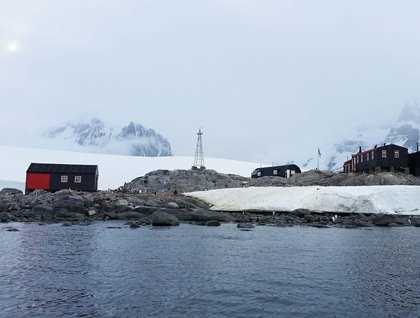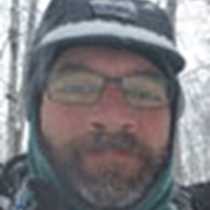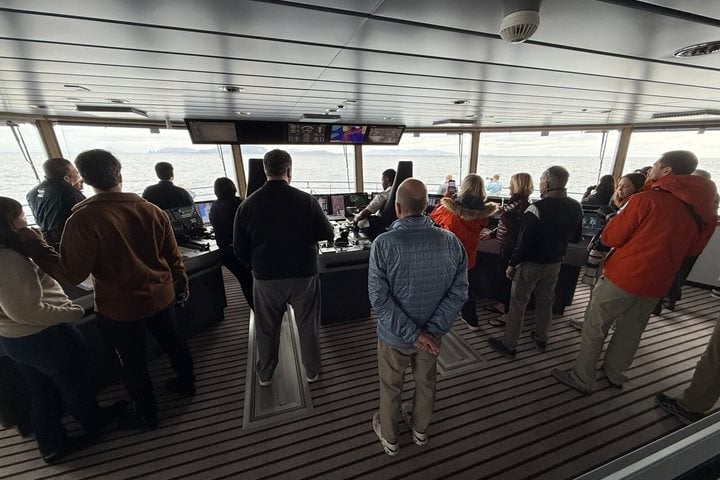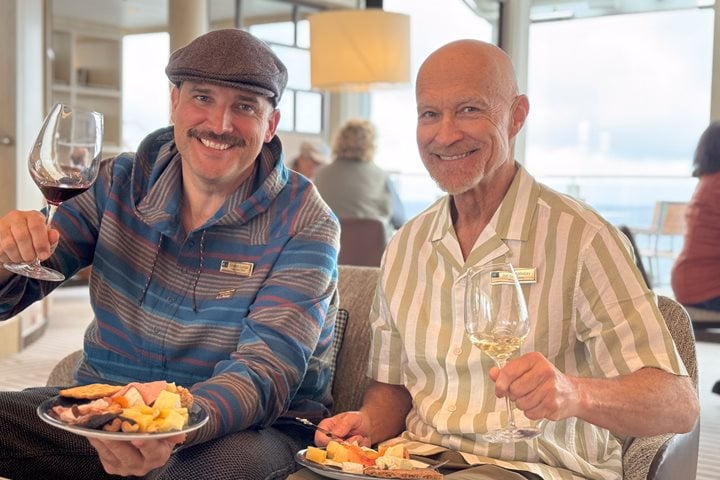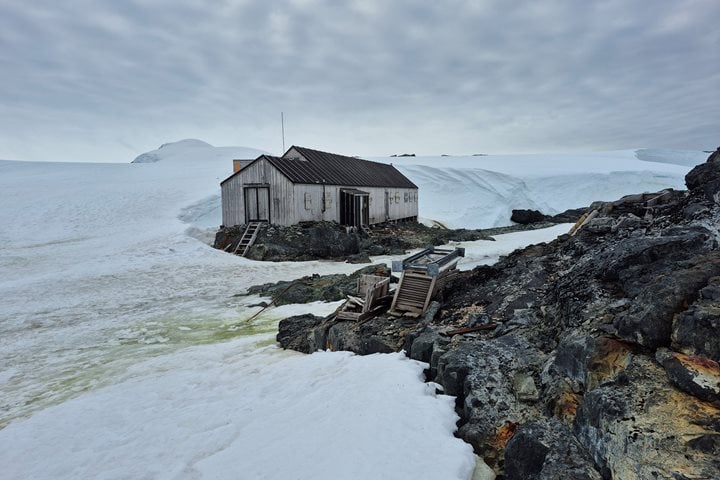It's hard to fathom that our expedition here in Antarctica is already drawing to an end, the days past filled with astonishment and wonder over the unparalleled beauty and surreal majesty that is Antarctica. This being our last full day here on the Peninsula we find yet another facet to explore and take in. British Base “A” or Port Lockroy as it appears on the chart was established in 1944 as a remote meteorological outpost and also acted as a secret listening post in the Southern Ocean during World War II. From the end of the war until 1962 when the base closed it served as a research station for the British Antarctic Survey. After some major restoration in 1996 to the hut, Bransfield House, and installation of a permanent residence structure this historic site now acts as a living museum, post office, and gift shop managed by the United Kingdom Antarctic Heritage Trust. Bransfield House museum is packed with period artifacts left at the base for decades, probably the most significant of these is the “Beastie,” the weather recording equipment that pioneered some of the leading meteorological work of the time. In fact it was observations made at this site and others around the peninsula that led to the discovery of the massive hole in the Earth's ozone layer. The museum is literally a time capsule, open for us to stroll the decades past and get a real taste of life here in the Antarctic as a passive observer.
In addition to our visit to Base “A” we also spent part of the morning visiting a gentoo penguin and Antarctic shag colony at Jougla Point. This would be our last opportunity to observe these marvelously adapted birds that fascinate us on so many levels. The gentoos are nearing the end of their breeding cycle with their chicks beginning to molt their downy coats and replace them with a proper suit of feathers. This season many of the gentoo colonies got off to a late start with a colder than normal spring the birds in many places are weeks off their normal timing, putting many of the young penguins at risk of survival. But some will survive to return to this site and its all in the cycle of life that plays out here every day. Many of the shag chicks have fledged to begin making a living on and in the water.
Just before leaving Port Lockroy we all witnessed a spectacular event, well some witnessed and others participated in it, the Polar Plunge. In short that's when seemingly reasonable and well adjusted humans choose to throw reason aside and plunge into the 0°C waters of the Antarctic. Scores of our normally well adjusted guests chose this path and took the plunge.
After a hardy lunch we began to set course for our inevitable departure from Antarctica. But enroute to out exiting point we would comb the water's surface in hopes of spotting some marine mammals, and by mid-afternoon our diligence had paid off. Having entered Dallmann Bay the first few blows of humpback whales were spotted in the distance, with their characteristic heart-shaped bushy spouts hanging over the water we began our approach. There were more than a half a dozen animals around, all of whom appeared to be feeding in the rich waters. Our ship’s sonar was even able to discern that at about 50-100 meters there was a dense layer of Antarctic krill, the keystone species for life here, from penguins to massive baleen whales. We observed these incredible animals for well over an hour before leaving them to their important work.
Later in the evening just before dinner we bid farewell to the ice-shrouded landscape and set our course for Ushuaia. But before the evening was over we had a very special Valentine’s Day performance after dinner. Some of our ship’s crew in the form of “Emily and The Spice Boys” would perform for our guests and crew. We danced the night away in the lounge as we cut a swath over the Drake Passage.

